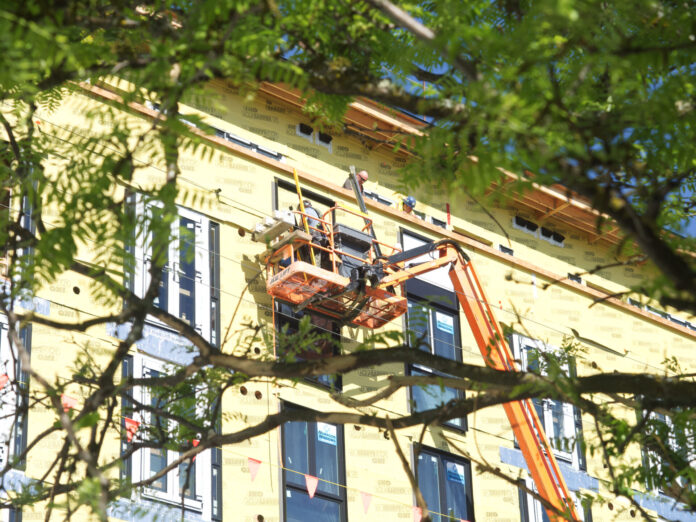A local community planner says solving the housing shortage in B.C. may require rethinking long-held ideas on urban growth strategies.
Mark Holland teaches at Vancouver Island University’s Masters of Community Planning program and runs his consulting company Holland Planning Innovations. He says a lot of ideologies in city planning come from the “smart growth movement” in the United States, which promotes density and infill over developing new land.
Though he says the movement was based on positive ideas, he believes having the ability to access new land would make it easier for housing to be built.
“The movement for smart growth was the one that said we have to stop sprawling and we have to shut down access to new land and everybody has to move back into the neighbourhoods so in the many American cities, this made a lot more sense – they had much larger lots, they had these burned out areas and a lot more derelict land. When we got to Canada, we didn’t have nearly as much of that,” he says. “We are now reaping the results of this movement over the last 40 years, which says if you want a new home you have to live on top of somebody else and in order to build your home, we have to unhouse the people who live there now.”
He says developers often have to compete to buy land with existing homes on it, which drives up the cost and risk for projects. Developers are also often faced with rezoning challenges when they want to redevelop old land – something the B.C. provincial government has worked to ease with its bill to allow multiple units on single-family zones.
“Local politicians are elected by people who live in those neighbourhoods and the people who are going to move into the new building, they don’t live there yet – they may not even live in the city and so they can’t vote so we end up with this political juggernaut that the province has now been trying to fix to basically make it harder for people to block this new housing,” Holland says. “But the whole conversation is predicated on an assumption that we should not be growing out on the edge or creating new neighbourhoods in green field land.”
RELATED: Water availability the biggest challenge for building home in the RDN
Holland says he believes with access to new land, developers could make walkable communities with low energy consumption and integrated food production that would help ease the housing crisis by bringing down the cost of land.
He argues that urban sprawl is not a location, but how the land is used, pointing to areas within major cities with low density and only residential buildings, where people have to drive to access everything they need.
With the federal government’s plans to invest in modular and prefabricated housing, he also says developments on new lands can be fast.
“Prefab housing is going to become a more significant part of our housing supply over time and it has quite a few benefits,” Holland says. Prefab housing is really not that much less expensive, in some cases it can actually be more, but it has benefits such as you can get a permanent, clear workforce working in a climate controlled environment with much greater control over supply chains and negotiation for better prices and the ability to produce a type of housing which can be shipped and installed in many different locations.”
Holland says the cost to build a home is relatively similar across the country, but the cost of land varies dramatically. He says the federal government can help by providing loans or grants to upgrade aging infrastructure, which often can make small projects not feasible.
Moving pre-built homes onto new development land is also easier than infill projects and Holland says building on new land with prefabricated homes can eliminate opposition from neighbours in existing communities.
“The neighbours don’t like to think that their land value is going to go down because a new project went in next door which is much less expensive but if we are going to try and get more affordable housing, that’s exactly what we want,” he says.
ALSO READ: VIU’s Masters of Community Planning program looks for new home


